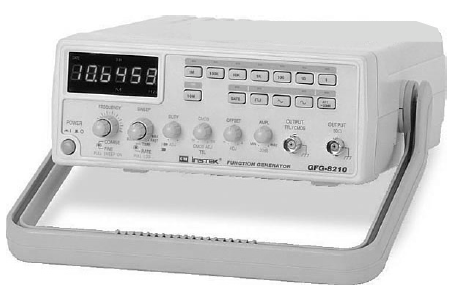The basic difference between AM vs FM is based on the modulation technique, which is used for modulation. In Amplitude Modulation (AM) the modulation is based on the amplitude of the message or information signal. In Frequency Modulation (FM) the modulation is based on the frequency of the message or information signal.
Table of Contents
Amplitude modulation (AM)
Amplitude modulation (AM) is defined as system of modulation in which the instantaneous value of the carrier amplitude changes in accordance with the amplitude of the modulating signal.

Frequency Modulation (FM)
When the frequency of the carrier varies as per amplitude variations of the modulating signal, then it is called Frequency Modulation (FM). The amplitude of the modulated carrier remains constant.

AM vs FM – Difference and Comparison
The difference between AM vs FM is shown below in table form.
| S.No. | Frequency Modulation (FM) | Amplitude modulation (AM) |
| The equation for FM wave is v=E_{c}\sin \left [ \omega <em>{c}t+m</em>{f}\sin \omega _{m}t \right ] | The equation for AM wave is v=E_{c}\left [ 1+m\sin \omega <em>{m}t \right ]\sin \omega </em>{m}t | |
| 1 | The modulation index can have a value of either less than one or more than one. | The value of modulation index is always between zero and one. |
| 2 | Since in FM, the amplitude of the carrier is constant, the transmitted power is constant, independent of the modulation index. | Transmitted power is dependent upon modulation index P_{T}=P_{C}\left [ 1+\frac{m^{2}}{2} \right ] |
| 3 | The modulation index determines the number of significant pairs of sidebands in an FM signal. | In an AM signal, only two sidebands are produced, for any value of modulation index. |
| 4 | The amplitudes of the carrier and sidebands vary with the modulation index and can be calculated with Bessel functions. | The amplitudes of the sidebands are dependent on the modulation index and are always less than the amplitude of the carrier. |
| 5 | The carrier or sideband amplitudes are zero at some modulation indices. | The sideband amplitude is never zero for any value of modulation index greater than zero. |
| 6 | The bandwidth of an FM signal is proportional to the modulation index. | The bandwidth of an AM signal is twice proportional to the modulation index. |
| 7 | For FM, the % of modulation is the ratio of the actual frequency deviation, and the maximum permissible frequency deviation multiplied by 100. | For AM, % modulation is the ratio of the amplitude of modulating voltage to the amplitude of the carrier multiplied by 100. |
| 8 | The main advantage of FM over AM is its noise immunity, as the limiter stage in the FM receiver clips off noise signals. | The AM system is more susceptible to noise and more affected by noise than FM. |
| 9 | The capture effect in FM allows the strongest signal on a frequency to dominate without interference from the other signal. | When two AM signals occupy the same frequency, both signals will generally be heard regardless of their relative signal strength. |
| 10 | In FM, greater transmitter efficiency can be realized using class-C amplifiers, as the amplitude of the FM signal is constant. | The efficiency of AM is less than that of FM due to use of class-B amplifier. |
| 11 | The bandwidth of the FM signal is much greater than the bandwidth of AM. The bandwidth of a typical FM channel is 200 kHz. | The bandwidth required to transmit AM, the signal is much less than that of FM typically 10 kHz in AM broadcasting. |
| 12 | The circuits to produce and demodulate FM are usually more complex and expensive than AM circuits. | The demodulation of the AM signal is very easy practically by the use of a diode; which is very simple in operation and economical. |


